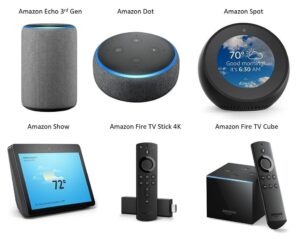With the recent advances in technology, smart home products have become one of the hottest trends today. This is especially true in the realm of safety and security for homes, as well as commercial and industrial settings. Smart home technology is defined as the integration of many electronic components. One example of smart home products that have been around for quite some time is the smart plug, which allows electric appliances to be plugged in remotely from a laptop or other device.

The smart home plug is one of the most common smart home products used today. It is essentially a wire with an electric socket built into the center. The idea behind this home automation product is to allow the homeowner to remotely control the electrical power outlets in the home. The homeowner can do this by monitoring the status of the plug, and even turn off power to certain areas of the home by using the same wireless remote control method that can be used to turn on lights.
Another one of the more popular smart home products is the smart door lock, which uses biometric data to lock or unlock doors. The biometric data is stored in the owner’s fingerprint, so if they have had their fingerprint scanned several times they will know when the lock has been changed, and it will unlock with the right touch. This is one of the smart home products that has been around for a long time but is still growing in popularity, largely due to new developments in biometric data capturing technologies.
Door locks and key fobs are also among the most common smart home products. Both of these products have been around for quite some time, but with the growth of the internet and smartphones, they have become much more accessible.
Smart homeowners use their smartphones to unlock their front doors and then use the smart home app to program a password to be entered whenever the door is opened. They also may use a smart home security system that allows them to program “virtual guards” to stand at their front door throughout the day, looking for suspicious activity. Many of these home security systems use facial recognition technology to unlock the front door without having to leave the front door.
Smoke and carbon monoxide detectors are also among the smart home products on the market. The smell can come from a stovetop, a fireplace, or any other source of burning fuel.
Infrared thermometers are among the smart home products on the market. These devices will measure the temperature in a room and alert a homeowner when the temperature has begun to change. Smart home technology uses infrared thermometers to detect changes in temperatures, and many homeowners will set the alarm to turn on when the room temperature begins to change.
There are many smart home products on the market that help with daily chores around the house. For example, a smart home product called the intelligent trash can will go through one’s trash to find unnecessary items.
The homeowner will not need to get up and move the trash, and the process is automatic. Other smart home products help with common everyday chores, such as lighting timers throughout the home. The homeowner will be able to enter a timer into the smart home software and have the lights turn out for specific amounts of time, depending on when it is dark.
Beyond smart home products that make life easier, some smart home technologies are available to help with the security of a home. One of these is the presence of a motion sensor light in a homeowner’s home. This means that a burglar who breaks into a home does not have a known schedule to break in and will likely be detected by this type of smart home technology. Other smart home products, such as smoke detectors, can also help to prevent fires from occurring in a home and can give owners additional protection while they are away from the home.



